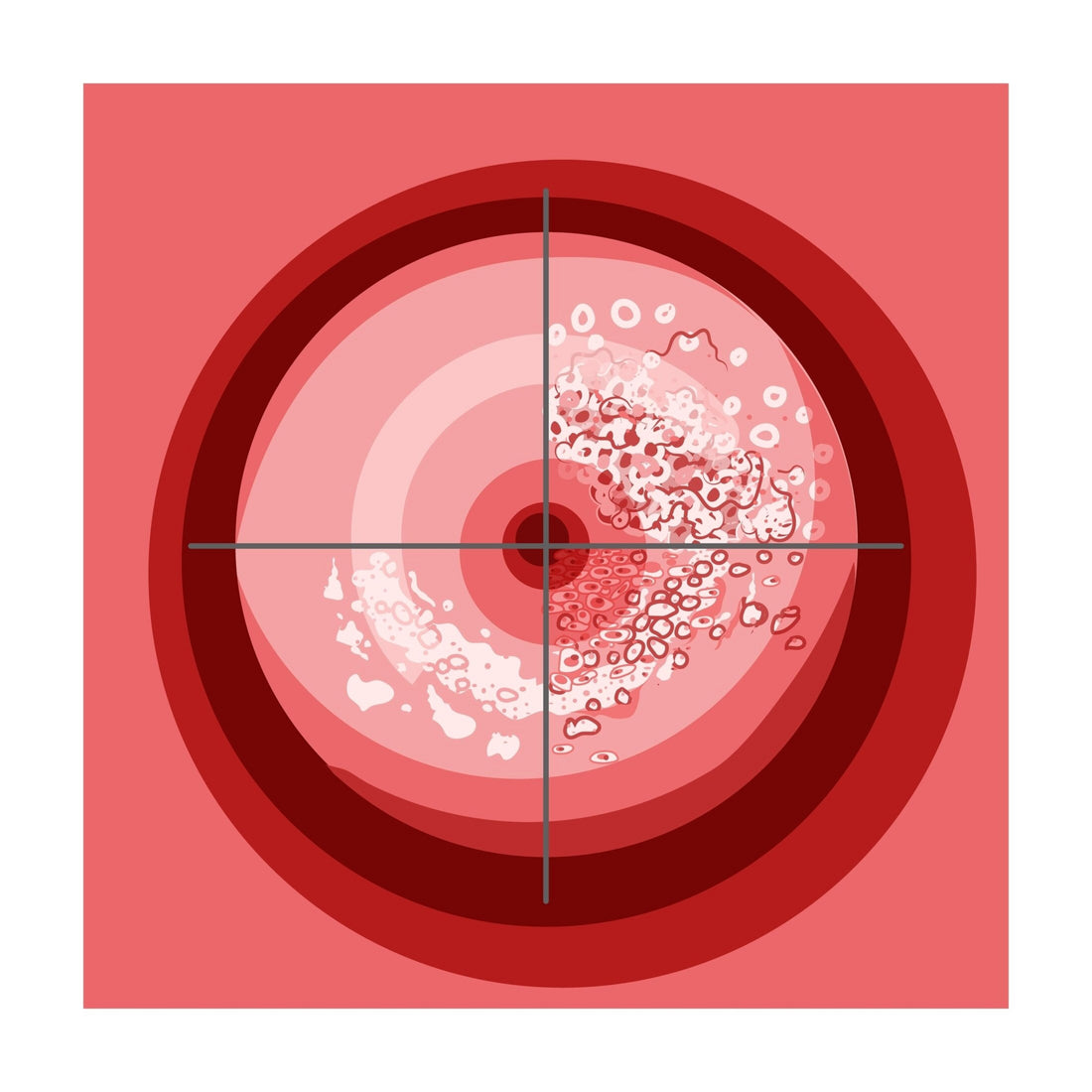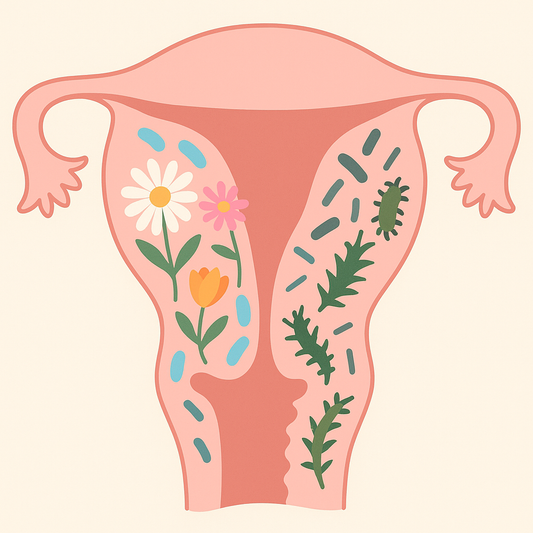
What is cervical dysplasia, anyway?
Share
Cervical dysplasia refers to the presence of abnormal cells on the surface of the cervix, the narrow passage at the lower end of the uterus that connects to the vagina. It is a pre-cancerous condition that, if left untreated, can progress to cervical cancer.
Causes of Cervical Dysplasia
Cervical dysplasia is caused by changes in the cells of the cervix, typically due to infection with the human papillomavirus (HPV), a sexually transmitted virus. HPV is very common, and most sexually active individuals will come into contact with it at some point. While the immune system clears the virus in many cases without long-term consequences, it can sometimes cause cellular changes leading to dysplasia, which can progress to cervical cancer if untreated.
Diagnosis of Cervical Dysplasia
Cervical dysplasia is usually diagnosed during a routine Pap smear, a screening test used to detect changes in the cells of the cervix. Despite their value, Pap smears are not always 100% accurate. Up to 2% of women with normal Pap smear results may have high-grade cervical dysplasia at the time of evaluation. Pap smears can also produce "false positive" results, but they remain the most effective and reliable method for detecting cervical dysplasia.
Abnormal cells may also be identified through a biopsy, which involves taking a small sample of cervical tissue for examination under a microscope. This procedure can confirm the presence and grade of dysplasia.
Treatment of Cervical Dysplasia
With early identification, treatment, and consistent follow-up, nearly all cases of cervical dysplasia can be cured. Treatment options include:
- Loop Electrosurgical Excision Procedure (LEEP): Also sometimes called large loop excision of the transformation zone (LLETZ), this procedure involves using a thin wire loop to burn the abnormal cells from the cervix.
- Cryotherapy: Freezes abnormal cells to destroy them.
- Laser Therapy: Uses a laser beam to destroy abnormal cells.
Risks of Treatment Procedures
While effective, these procedures carry potential risks, including:
- Bleeding: usually it is mild and stops on its own. In rare cases, heavy bleeding may require additional medical attention.
- Infection: Any procedure that breaks the skin or mucous membrane can increase the risk of infection. However, the risk of infection is low.
- Scarring: scarring can affect the ability of the cervix to dilate during labor and delivery. Scarring could also potentially block sperm from entering the cervical passageway, making getting pregnant more difficult.
- Pain: these procedures can cause some discomfort and cramping, but pain is usually mild and can be managed with over-the-counter pain medication
- Preterm labor: In rare cases, the LEEP in particular may cause preterm labor. This risk is highest if LEEP is performed during the second trimester of pregnancy. A LEEP could also cause premature rupture of membranes, and low birth weight infants.
- And most horrifyingly, for some, a LEEP procedure means many women are never able to enjoy sex again, and worse, women are not being warned of this potential consequence. Although many doctors dismiss this as a reality, there are studies (here and here) that acknowledge a link.
Importance of Regular Screening and Risk Factors
Regular Pap smears and HPV tests are essential for early detection and prevention of cervical dysplasia and cervical cancer. Factors that increase the risk of cervical dysplasia include the number of sexual partners, age of onset of sexual activity, cigarette smoking, use of oral contraceptives, and a weakened immune system due to conditions like HIV infection or certain medications.
Conclusion
Cervical dysplasia is a serious but treatable condition. Regular screenings, safe sex practices, and a healthy lifestyle are crucial for maintaining cervical health and preventing the progression to cervical cancer. If you are concerned about your cervical health, consult with your healthcare provider for personalized advice and treatment options.



